Dale Enyon of Environment Agency discusses how the Defra fleet has brought expertise and volumes together, resulting in a single voice.
It wasn’t like Dale Eynon was sitting back with his pipe and slippers.
The Environment Agency head of fleet already had plenty to occupy his time, from running one of the country’s largest vehicle fleets to chairing a Government fleet innovation group.
However, since April last year, Eynon has also been responsible for the entire Department for Environment, Food and Rural Affairs (Defra) fleet, consisting of some 14,000 assets – from cars to plant to boats – across 32 disparate organisations.
Over the past year, he has started to pull together governance and contracts, and understand each department’s requirements and needs.
“So far we have brought nine organisations on board, with around 300 cars and 300 light commercials – the target was 10 in year one,” Eynon says.
Fortunately (for his sanity), the newly-appointed Defra director group fleet services has been able to bring new people on board, including a strategic fleet manager to look after Defra partners and lay out the implementation plans.
What were the objectives and challenges of bringing Defra fleet operations together?
Dale Eynon (DE): To bring all the expertise and the volumes together and to go out as a single voice. Environment Agency is the biggest organisation in terms of fleet but not in terms of budget. We will do all the procurement, the management of the asset and the disposal, and we have set up accident management services but we don’t get involved in the investigations – that goes to each department. A lot of the work is migrating existing services and processes across. Quite a few organisations didn’t have any leasing arrangements or they were just rolled over so they had no plans to deliver a strategy – there was no one really looking after the vehicles. We give them that approach. They also didn’t have up-to-date processes or driver handbooks so we lent them ours and they have adopted them. Eventually we will normalise everything across the business. Organisation-by-organisation, we have looked at what they want and need and then we look at the strategy and the savings for the next five years.
Why are you not taking on the entire fleet management for Defra?
DE: Resource – we simply can’t cover everything; we can’t set policy or deal with the difficult drivers. If an organisation implements telematics, they get their own data to manage while we look after the contract. Ultimately, it could go full fleet management but we would need a standardised approach and policies.
What savings have you achieved so far?
DE: The target in year one was half a million pounds and we were a couple of thousand short. There will be more savings on purchasing to come. Those are the tangible savings; there is also the contract work – the savings would double if we converted those costs as well. Last year, we tackled grey fleet by working hard to reverse parts of the group travel policy. That meant some organisations have opened a leasing scheme and are moving across high mileage grey fleet drivers. This will increase the number of cars by 300 this year.
What challenges do you face as part of the integration?
DE: There are high expectations now. As soon as you start recovering your costs or charging out, people become more alert about they value they are getting for their money. We had to prove this in the early days; we shared the principles and the modelling but once they were happy that the figures were right and the service was good, they came on board will their full support.
There are also political challenges. The hot issue is air quality and we have to have a very clear policy across the group on NOx emissions and efficiencies, as well as contract planning, safety and sharing of assets – one benefit of the group is being able to share.
What is the possible impact of car share for the group?
DE: We started a pilot on corporate car share three months ago with Enterprise. We have three vehicles, one in Bristol, one in Warrington and another in Worcester. We think we can replace all our pool cars – we have 60 – with them. The challenge with pool cars is they don’t get used at the weekend or evening; with car share, we could utilise that (dead) time with private rental through Enterprise.
You have been putting together a policy on NOx for a while; when will it be introduced?
DE: It is nearly at the point where we will go live. We have set NOx standards for cars based on Euro 6 diesel and Euro 4 petrol. The target for cars is 80mg and we are currently 135mg. For vans it is 220mg and now we are 240mg. It’s complex to achieve; we’ve been working with Emissions Analytics to get a data set across a range of vehicles which we will use to apply filters to our policies. We want to move towards real-world figures and might dual report for a bit.
You were heavily involved in the creation of the public sector eAuctions – is this approach working for you?
DE: We are actually looking at going to market in a different way. At the moment, we eAuction every four months for cars and vans. We want a contract for a year and order 18 months/two years of cars over that period. It could be 2,000 vehicles which we think will give us a better deal than going to market every four months.
What are your priorities over the next 12 months?
DE: Air quality is our number one priority. After that, we have a smaller budget for revenue so we have to save money; it’s a challenge we have given our suppliers. Part of it is new technology, for example, we are trialling AppyFleet, defect reporting apps and a new portal so company car drivers can self-report.
We have a project to look at our own occupational road risk to see where we can improve. We are employing someone for nine months and they are looking at what we can offer to our partners, such as telematics and licence checking. We are also looking at how we make sure that when people use a vehicle, they are fully competent, they understand the risks and they can manage those risks. We have to constantly measure people’s competences by producing individual pictures of their risk.
Eynon has also been evaluating a number of initiatives of his Environment Agency fleet, including a blended service, maintenance and repair (SMR) solution as part of variable operating cycles.
“For leasing, we are looking at changing the contract length and also splitting SMR into pay-as-you-go or full maintenance,” he says.
“It will be a more dynamic case-by-case basis on when we change cars. We set the operating cycle at the outset and review after the second birthday.”
The standard cycle is 4.5 years on cars, but this might reduce to 3.5 years.
Eynon has done the rental analysis and found the lease to be marginally cheaper at the shorter cycle – but there are other benefits.
“If you can afford it, you embrace new engines and technology quicker,” he says. “This will help to speed up our air quality plans.”







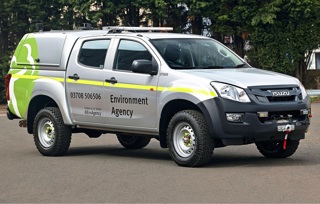
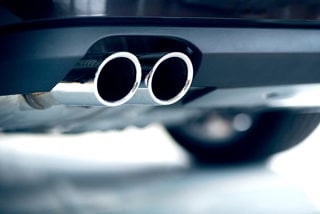
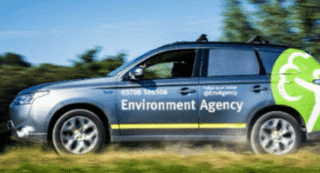
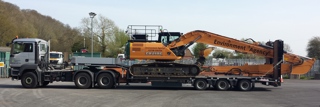
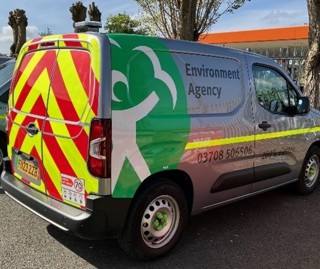












Login to comment
Comments
No comments have been made yet.